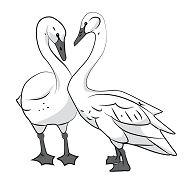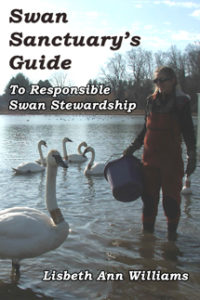At long last the weather is warm enough that I can go outside in a sleeveless shirt. The growing season here is painfully short, so I have been putting plant seedlings into the ground that I had begun indoors. Gardening is a risky undertaking in this part of the country. If the plants can withstand the wind by growing strong, there is still a strong possibility that hail can bring their short lives to an abrupt end.
Yesterday, while I was clipping some tall grass near the garden, I noticed something that looked to be a small rock; but when I went to move it I saw that it was a toad. It was fairly large, so it may have been quite old. They can live more than ten years in the wild. I set it in the garden and I am hoping it will continue to live and hunt there. Toads’ diets consist of insects, including crickets, grasshoppers, spiders, worms, flies, snails, snakes, and even other amphibians. Mice, rats, lizards, and birds can also become prey for a large, hungry toad.
Unlike frogs, toads walk rather than hop. They have excellent color vision and they hunt mostly at night since the daytime sun will dry them out. They do not drink water, but absorb it through their skin and through the food they eat. They begin life in an egg, in a vernal pool or other water source. They then hatch into a tadpole and remain in the water until they become juveniles. We can help toads out by maintaining a water source near their habitat in which they can lay eggs. Nearly one third of all frog and toad species are endangered or already lost to extinction. Habitat loss is the greatest threat to most of the world’s species, coupled by humans’ liberal use of herbicides and pesticides. For this reason, I am truly grateful for the toad I have found near my garden and I am thankful that, at least while I am living here, it will have a banquet of insects to eat.



